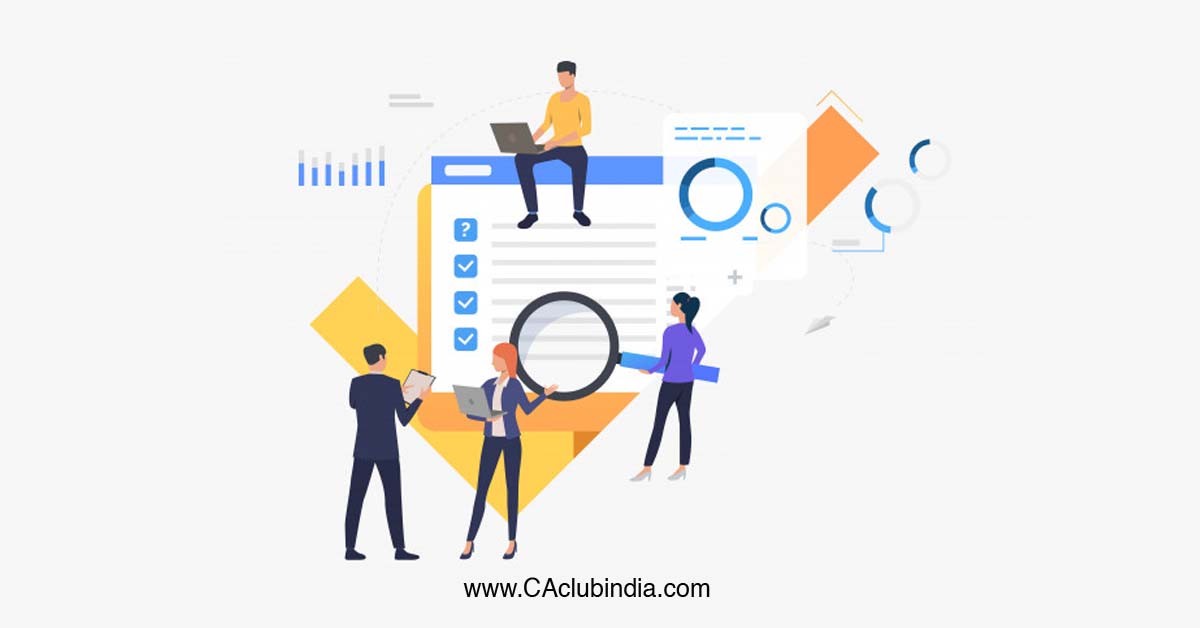Every ship needs a lighthouse to serve as a beacon for navigation. Similarly, every company needs a well-designed MIS to guide them towards achieving their business objectives. It is the unenviable role of the CFO to design the right MIS for the company. An ill-thought MIS may do more harm than good. With some thought and common sense, every CFO can design an excellent MIS, that if used properly will give wonderful insights, and will be an invaluable tool for the CXO's.
In the process of implementing FinAlyzer® for our clients, I have seen the entire spectrum - from ill-designed management reports to wonderfully concise but incisive management reports.
Here is my list of the top 5 things you should consider while designing your financial MIS.
1. Keep it simple
More often than not, important information gets hidden under mountains of useless data. Data can hide as much as it can reveal. The important thing to know is where and how to draw the line. I have often seen organizations designing MIS that run into many pages. There is an army of people putting all this together over many days. The consumers of this information have hardly any time to go through so much information and make sense of it. Avoid the clutter, and keep it simple

2. Identify the metrics that matter
80% of businesses need no more than 10 well-designed metrics to understand how they are doing. However, identifying the right metrics should be a well-considered exercise with a quality investment of time discussing and debating with the key stakeholders in the organization.
Your executive dashboard should immediately communicate the company's 3 most important aspects of financial health - liquidity, profitability, and sustainability. A few well-designed key performance indicators in conjunction with your monthly P&L, balance sheet, and cash flow will go a long way in steering your company in the right direction.
One metric that I love to track, that gives me an immediate indication of liquidity is the Cash Conversion Cycle. It tells how long it takes for you to generate cash from your business. If it is negative, it means you are generating cash quickly enough to pay out your suppliers from the money generated by your business. If it is positive, it means, you need to borrow or raise capital to meet your short-term payment obligations. By monitoring this metric, you can easily tweak the parameters of your business so that you get to a negative cash conversion cycle.
3. Make a plan
A budget is not just for large enterprises. Without a plan, you are like a traveler who has set out on the road without a map. You know where you are, but you do not know where you are headed. A budget need not be complex.
A revenue projection can be made based on your past performance as well as your aspirations for the future. Similarly, expense projections can be made based on past trends, while also factoring for increased expenses due to growth aspirations. Don't forget to factor in seasonal expenses, like employee insurance, subscriptions, etc.
You can also make a balance sheet budget by estimating asset purchases, liabilities, depreciation, and capital infusion.
4. Eye on the cash
When you visit small mom and pop stores, you may have seen a board next to the cashier with amusing quotes such as: "Cash is king", "Aaj nagad, kal udhaar" (pay in cash today, we will see about credit tomorrow), "Customer is king, and a king doesn't haggle" and so on.
It is the same important lesson we need to take into our business, no matter how big or small we are. If you don't keep your eye on your cash flows, disaster is bound to strike.
Make sure your MIS gives you robust insights into your cash flow position.
Always have an eye on how much runway you have left, and make sure you plan for the shortfalls through financing, cost-cutting, raising capital, etc.
5. Let your MIS drive you towards profitability
Another interesting quote that I have come across is: "Revenue is vanity and profit is sanity". I am a big believer in the merits of doing business the traditional way. Most new-age businesses running on steroids look at just their top-line and customer acquisition. Growing a business by selling something cheaper than what it takes to make it, or by riding on somebody else's money seems to be the order of the day.
If like me, you believe that business is about charging a premium for the value that you are adding to a service or product, then never take your eye away from profitability.
When you design your MIS, don't just look at overall profitability. Look at how you are performing across your different business lines. Look at per-unit profitability and customer-level profitability. Identify non-performing segments and either close them or turn them around.
Most importantly, design an MIS, not for the optics, but one that you will use and benefit from.
The author is the co-founder of FinAlyzer®, a cloud-based financial consolidation and reporting software which seamlessly pulls financial and operational information from any underlying ERP, curates it and provides business owners & finance teams with visual, actionable and affordable business insights for better decision making
Also Read:






 CAclubindia
CAclubindia
